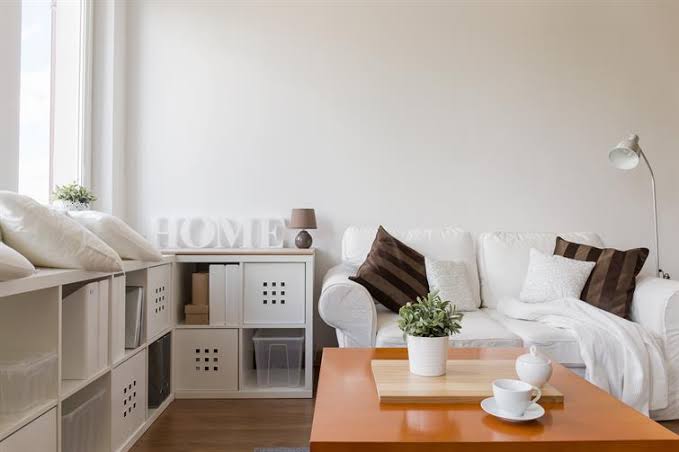When searching for a new place to live, one of the most important decisions is choosing between a furnished or an unfurnished apartment. Each option comes with distinct advantages and drawbacks that can impact your comfort, budget, and lifestyle. For those actively hunting for apartments, exploring both furnished and unfurnished options apartments for rent can offer a comprehensive view of what’s available. In this guide, we’ll explore the pros and cons of furnished versus unfurnished apartments to help you make an informed choice.
Furnished Apartments
Pros
1. Convenience
Furnished apartments are fully move-in ready, making them perfect for individuals who need a hassle-free relocation, such as students, young professionals, or those relocating on short notice.
2. Lower Initial Costs
These apartments come with all essential furniture and appliances included, saving you significant upfront investment on furnishing your space.
3. Ideal for Short-Term Stays
Furnished apartments offer immense flexibility for short-term or temporary moves without the commitment of purchasing furniture or appliances.
Cons
1. Higher Rent
The convenience and included furnishings typically result in higher monthly rent compared to unfurnished units.
2. Limited Personalization
Since furnishings and décor are pre-set, you may have less freedom to customize the space to your unique style.
3. Potential for Damages
Tenants are responsible for any damages to furniture or appliances, which can lead to deductions from the security deposit.
Unfurnished Apartments
Pros
1. Lower Rent
Unfurnished apartments generally come with more affordable rent, offering a cost-effective solution especially for longer-term tenancy.
2. Personalization
With no existing furniture or décor, an unfurnished apartment allows you the freedom to design and decorate your home exactly as you like.
3. Long-Term Investment
Buying your own furniture can be an investment that benefits you for years, particularly if you plan to stay put or move your belongings to future residences.
Cons
1. Upfront Costs
Initial expenses can be considerable when purchasing furniture, appliances, and other essentials if you’re starting from an empty space.
2. Hassle of Moving
Moving into an unfurnished apartment requires transporting your own furniture, which can increase the time, complexity, and cost of your move.
3. Storage Issues
If downsizing or relocating to a smaller space, you may face challenges storing or selling excess furniture.
Making the Decision
Consider Your Lifestyle
1. Duration of Stay
For brief or frequent moves, furnished apartments provide flexibility and convenience. For longer commitments, unfurnished apartments offer cost savings and personalization.
2. Budget
Assess your financial priorities. If you prefer a personalized living space and can manage the upfront cost, an unfurnished apartment is ideal. Otherwise, furnished units reduce immediate expenses.
3. Convenience vs. Customization
Decide if ease and speed of moving in outweigh your desire to create a customized home environment.
Conclusion
Choosing between furnished and unfurnished apartments depends on your budget, lifestyle, and how long you plan to stay. Furnished apartments suit those seeking convenience and short-term rental options, while unfurnished apartments benefit individuals prioritizing personalization and long-term investment. Carefully weigh the pros and cons in relation to your unique circumstances to find a home that truly fits your needs and makes you feel comfortable.
Frequently Asked Questions (FAQs)
Furnished apartments tend to have higher monthly rent due to the inclusion and maintenance of furniture and appliances, whereas unfurnished apartments usually have lower rent but require upfront costs for furnishing.
Yes, furnished apartments are ideal for short-term stays, temporary assignments, or relocating professionals as they eliminate the need to purchase and move furniture.
Rental negotiations depend on market conditions and the landlord, but furnished apartments tend to be less flexible due to the added value of furnishings.
Tenants are usually responsible for the cost of repairs or replacements for any damages to the provided furniture, potentially affecting the security deposit.
This decision depends on your length of stay, budget, and preference for personalization. Buying furniture is better for long-term stays, while furnished rentals suit short-term or transitional living arrangements.



